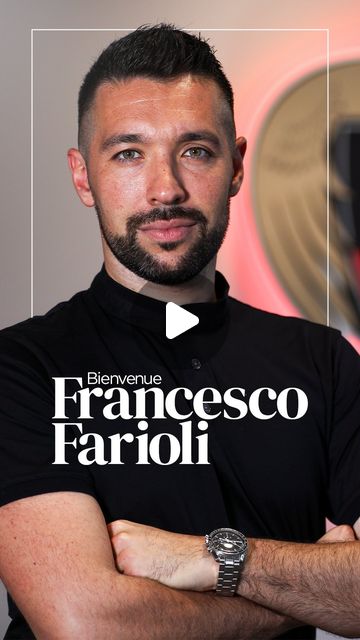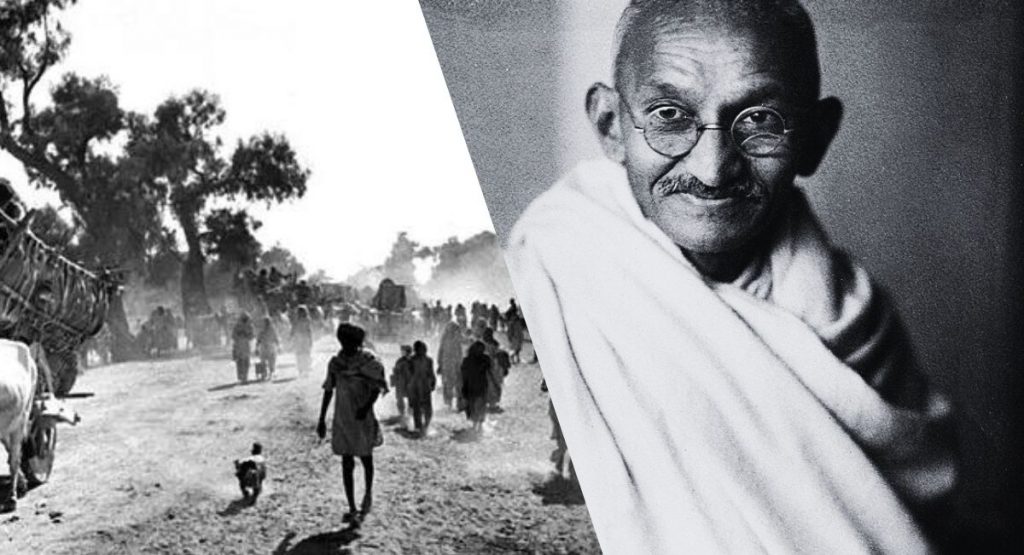Explore the complexities of human relationships, from the initial search for a partner driven by sexual urges to the challenges of maintaining honesty and communication. Discover insights on why we reproduce, the impact of societal expectations, and strategies for dealing with heartbreak. Learn how to navigate love, lies, and the future of family in our ever-changing world.

What is the reality that you and I are living in right now? What is the situation we live in, and do our circumstances shape our reality? Do we see things as they truly are, or have we lost the ability to perceive them accurately as human beings?Have you ever wondered how you perceive things and what your reality is? Can we, as human beings, still see and process the things that are important for our lives?
How do you see the future for yourself and your children?
Do you think your children still have a future? Does it still make sense to conceive and raise children? I think a good question here is: "Why do we, as humans, have children at all?" I carry a certain philosophy with me that I would very much like to share with you. Why do we reproduce despite the misery of these times? Let's start at the beginning. We humans experience sexual urges at a fairly young age. These urges make us seek a sexually attractive partner to indulge our lusts. This partner can be of any sex, although homosexual partners cannot reproduce together. In the beginning of these relationships, we look for someone attractive to us, whether for procreation or other reasons.
Do we always find the right partner right away?Picture: Blackfield
Picture: Blackfield Associates
The search for a first partner is not always easy. What do we look for? Do we only listen to our feelings? Do we consider skin color, height, hair color, character, or sexual attractiveness? Knowing that, like animals, we are primarily driven by smell or an ideal image presented to us everywhere we look? Often, our parents prepare us for what to expect, but most of us quickly forget those lessons. Are we looking for the toughest guy or the prettiest girl? Being alone in this world for too long is seen as a flaw, something others will judge. And notice, "we usually listen to the words of others."
Can we control our urges?
What others and our own passions tell us lead us on the path of pretense. We pretend to be the best we can and make sure we look as attractive as possible to that one person. This game of pretending continues when we connect with the person we desire. Our hormones run high during this process. We get butterflies in our stomachs and long for the first hugs. To get these first hugs and satisfy our sexual feelings, we often go too far, in my opinion. If the truth is not enough, we create a new truth on the spot. We tend to fabricate a reality. Many people often end up in the arms of another through these lies. But I've always been taught, "No matter how long the lie lasts, the truth will catch up with it."
When did you tell the truth to your current partner?
Many people initially get away with the lies or fictitious feelings, but after having children, when the sexual feelings no longer dominate, they fall through the cracks. Suddenly, the romantic veil falls away and the partners see each other's true characteristics. They see the person they fell in love with through their sexual urges with new eyes. The feeling fades, and they start looking for more. Maybe their sexual urges are no longer adequately satisfied, and they don't dare to talk about it with their current partner.
Are you and your partner still talking about the right things?
In my opinion, the high number of divorces today is mainly due to poor communication from the start, driven by indispensable sexual urges. People revert to their true selves over time and can no longer maintain their previous lies to their partner. They regain desires from before the relationship, which they had forgotten because of their sexual urges. If not for these urges, they might have chosen someone else in the first place.
Do you know how to deal with heartbreak?
When the misery or relief of divorce happens, I hope that at the beginning of a new relationship, people understand what they did wrong before and choose the "right" path. Remember that heartbreak often means missing a previously lost individuality. Because of previous lies, many people tap into a different self. When you're heartbroken, try to find yourself. Listen to music from before the breakup. Do the things you enjoyed before the failed relationship. Reconnect with people you lost by entering into this relationship and apologize for past behaviors. Enjoy life again, fall in love again, and listen to your mind first, and then to those butterflies in your stomach. Good luck.



















